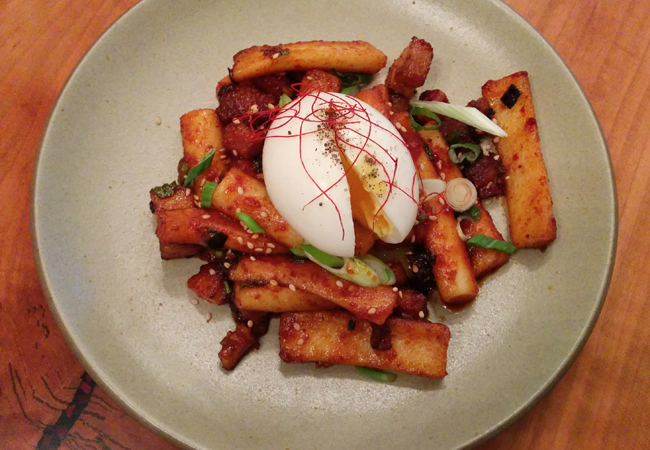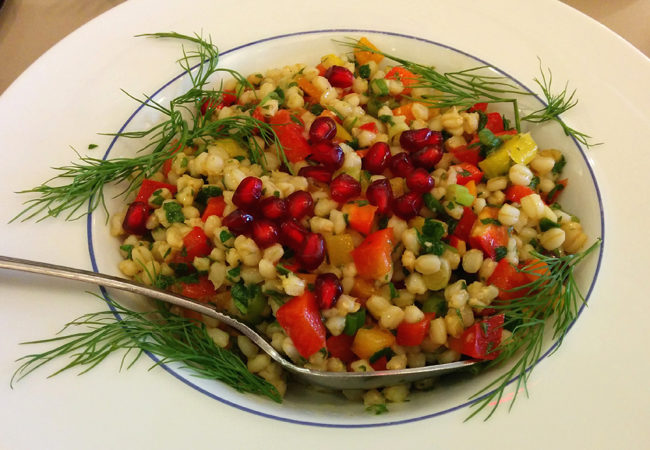
The Upper Midwest is a big region. Our magazine focuses on the greater Minneapolis-St. Paul metro area, but when we’re given opportunities to break out of the I-694 / 494 loop and check out comparable scenes in other cities — as we were when the Ann Arbor Area Convention and Visitors Bureau came knocking with an offer of a paid trip focusing on food, travel, and lodging — we take ’em.
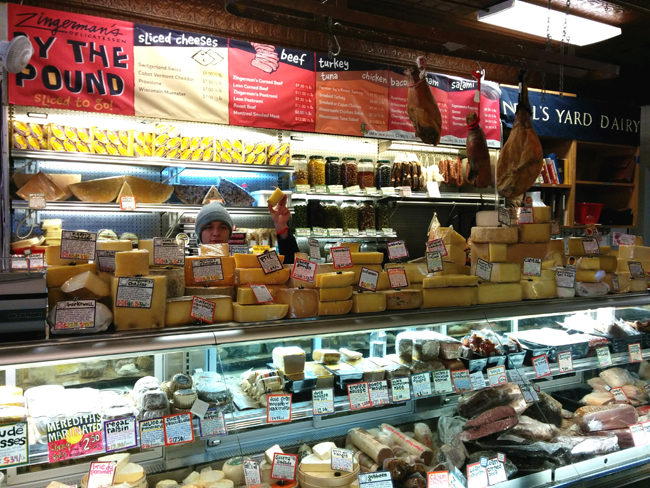
A four-day survey of this classic Midwestern college town reveals that the growth we’ve seen locally is no anomaly — good food is booming in Michigan, too. Some of that is due to the presence of the vast Zingerman’s empire (as we discovered on our last trip to Ann Arbor, in 2012). The food-based business has many arms, including Zingerman’s Deli, Zingerman’s Roadhouse Restaurant (where the head chef is the James Beard Award winner Alex Young, and where you can get a mighty fine plate of fried chicken), the mail-order business, and even a branch that offers customer service and leadership training to other companies. On a separate visit to the shops, without our media group, we found it hard not to notice the stellar customer service. Apparently Zingerman’s truly can teach other companies a thing or two.
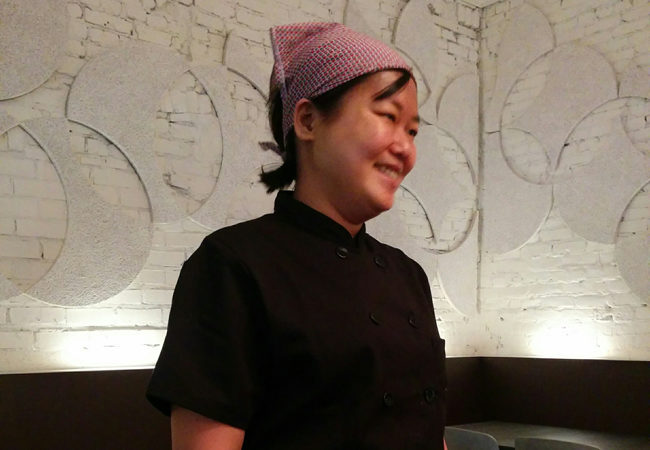
Ethnic Choices
Zingerman’s also provides support for employee projects. Case in point: Miss Kim’s, which officially opened on Dec. 6. Chef-owner Ji Hye Kim got her start in the food business slicing cheese at Zingerman’s Deli. But she wanted to reconnect to her Korean roots, and with the support of Zingerman’s, she launched a food cart selling Korean street food and then developed a business plan to open the restaurant, which she categorizes as “influenced by Korean food.”
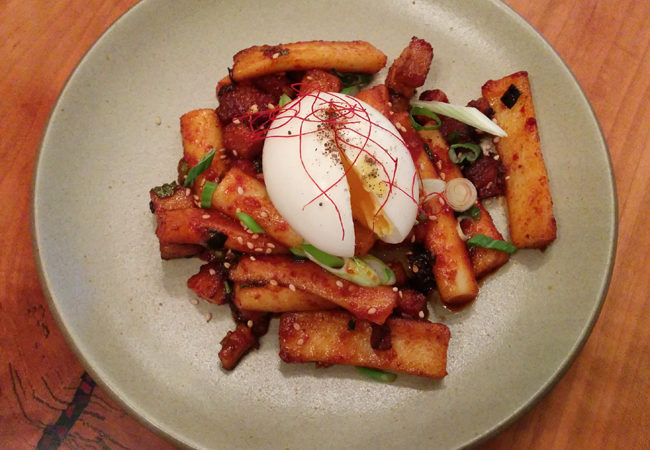
The influence was clearly good. On our visit, plate after small plate of perfectly prepared bites arrived: raw oysters with kumquat, braised short ribs, spiced edamame, and spinach jook, a porridge of rice and spinach with crispy chard stems and egg. Each dish had its own distinctive flavor, and the gentle porridge, in particular, tied the spicier or more flavorful dishes together.
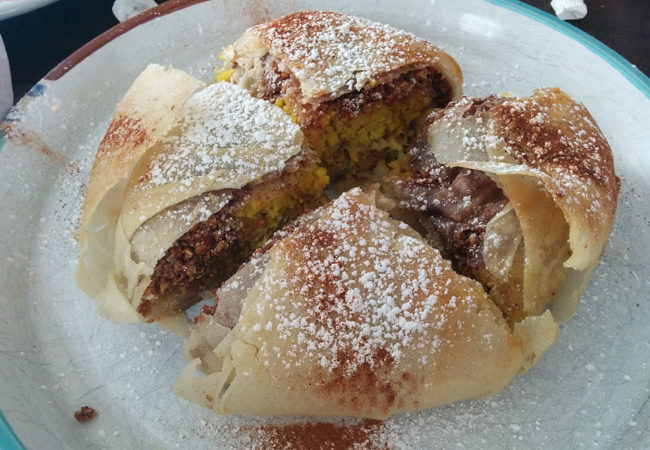
It’s not surprising that ethnic restaurants are doing well in Ann Arbor given the University of Michigan’s diverse student population. If there are any Moroccan students there, they must be thrilled to have Casablanca in nearby Ypsilanti. Located in a former Taco Bell with a rundown exterior, Casablanca has a much brighter, more inviting interior, and its foods have flavor in spades. A delicate bistilla was like a meat-filled baklava, with delicate phyllo dough layers folded around chicken with herbs and saffron, the top dusted with powdered sugar and cinnamon — a wonderful push-and-pull of sweet and savory. Falafel arrived with a sturdy, crispy exterior that wasn’t greasy, and it was packed full of garlic and parsley. A luxuriously creamy Moroccan hummus topped with tomatoes, ginger, onions, and herbs could easily serve as a meal with the restaurant’s unusually thin pita bread.
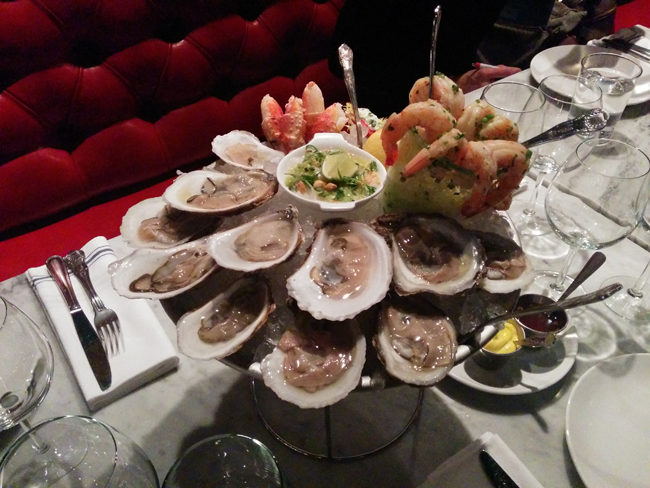
Upscale dining
Upper-end restaurants have a strong and growing presence in Ann Arbor. Adam Baru, who seems poised to be Ann Arbor’s version of Tim McKee, is the proprietor of well-regarded restaurants Isalita and Mani Osteria & Bar, and he opened a third restaurant last August: Mikette Bistro & Bar. Mikette’s southern-French foods were thoughtfully developed and executed. We tried a bright ceviche in a sauce of nuoc cham, mint, and cilantro. The roast chicken Provençal was brined for 24 hours. Next, copious amounts of butter were spread under the skin and the bird was roasted. Finally, it was cooled for 8 hours. This slow approach gave the chicken an almost unbelievable succulence, yet it still had a crisp skin.
Taste Kitchen, just two years old, resists fitting itself into any one cuisine, reserving the right to fuse food fashions as it likes, with a focus on smaller, lighter plates. This sounds like it could be a hot mess, but the kitchen operates with an eye to the big picture. At our visit, a crab and curried butternut squash soup had huge chunks of crabmeat in a mild, creamy yellow soup, with a garnish of pickled onions adding a needed tang and crunch to cut through the richness. Sous vide short ribs were spoon-tender and generously flavored with anise, while roasted duck was served with wilted arugula, a hash of sweet potatoes and asparagus, and a brown pan sauce. Both plates were decadent and flavorful.
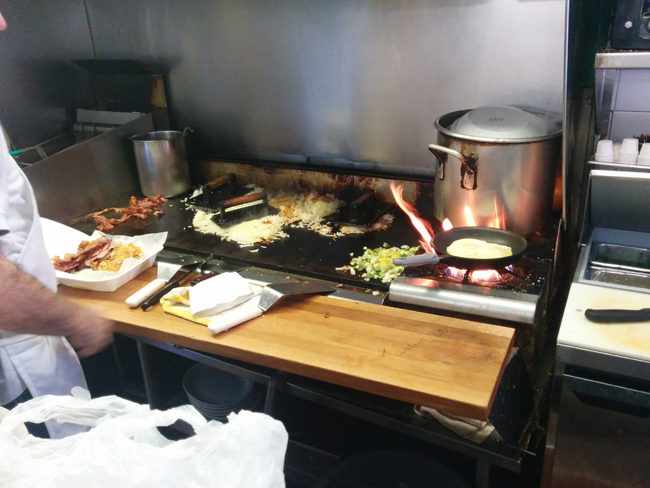
The Fleetwood Diner
Let us not forget the importance of a good diner. Ann Arbor’s answer to Mickey’s is the Fleetwood Diner, the ideal antidote to an evening of over-imbibing. This is classic greasy-spoon fare, fried up flash-quick on a super-hot griddle and served by a woman who doesn’t have a lot of patience for dithering. The diner’s signature dish is the Hippie Hash Breakfast, and what a hash it was — homemade hash browns, tomatoes, onions, green peppers, and broccoli, cooked crisp-tender and covered in a mound of feta cheese. It was not as greasy as could be expected, and the eggs over easy were cooked perfectly.
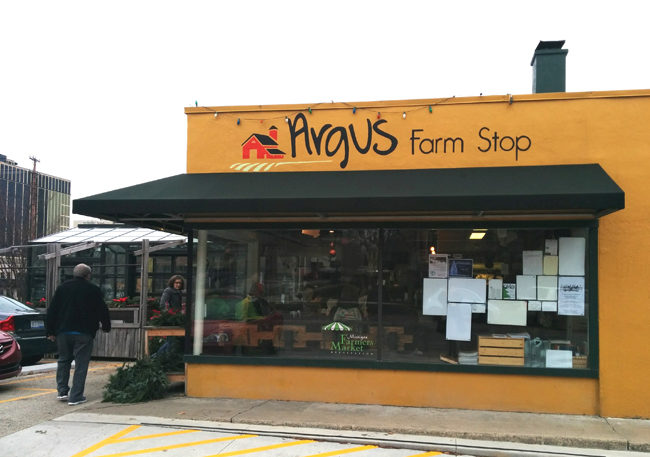
Argus Farm Stop
Nearly every place we visited has a commitment to using local farmers and purveyors as much as possible. An interesting addition to Ann Arbor’s food scene is Argus Farm Stop, a retail food store with a unique business model: The foods are all on consignment from the providers, who decide what they’ll sell and at what price. The store takes 20 percent off the top, and the rest goes back to the farmers. This allows the farmers to move away from selling at farmers markets, if they wish, and put more time into their farms. It’s a tricky model, and one that requires a certain nimbleness: For example, the farmers retain ownership of the products until consumers buy them, and the store faced a quandary in dealing with Amish farmers, who won’t sell their wares on Sundays. The solution: The store covers up Amish products on Sundays with a sign asking shoppers to come again on Monday. The owners hope other cities will take up their model, and are willing to work with people outside Ann Arbor. They’re already in talks with interested parties in other parts of the U.S. and Canada and they helped to open a store in Detroit earlier this year.
Raised Eyebrows
That’s a lot of exemplary food stories. But we also need to include some things that didn’t quite live up to the high bar these eateries have set. One was Red Rock Barbecue in Ypsilanti. Not that it was bad, but it was not exceptional; better than chain barbecue, but not necessarily a destination eatery.
Beverages had their own set of issues. A visit to Unity Vibration for kombucha beer yielded mixed results; we tried a seasonal Silver Branch beer, which was a kombucha-cider hybrid with a mild flavor similar to a hard cider and none of the usual kombucha funkiness, so not bad, but the raspberry had an off, somewhat medicinal, flavor that was unpleasant.
“Medicinal” also came into play when tasting cherry wines at Cherry Republic. (One taster may have said, “Nyquil.”) A hard cherry cider was better received as it wasn’t nearly as cloying as the wines, but the hard apple-cherry cider was overly sweet and had a strong, muddy aftertaste.
We were pleased with the quality of Michigan wines at Vin Bar, which does a great job at proving that northern-climate wines need not be relentlessly saccharine. But when a bottle of pinot noir retails for $30 and is comparable in quality to an $8 bottle from California or Argentina, it raises questions about the cost of buying local.
So if you have the opportunity to travel to Ann Arbor, take it, and try the places we recommend above. For a city with a population of about 100,000, there are some amazing things going on.
Disclaimer
The Ann Arbor CVB paid my round-trip airfare, which included a middle seat in coach on a packed flight on the way there and a toddler with an iPad behind me on the way back. There were four nights of lodging at a very nice downtown hotel, complete with a teenage girls’ ice skating team on my floor the last night that won their competition and stayed up late celebrating. The CVB handled my in-town transportation, entertainment, and food, including meals at restaurants, and I came home with some free keepsakes including infused olive oils and vinegar, a jar of honey, dried cherries, and a cold from the people coughing and sneezing on the return flight.

